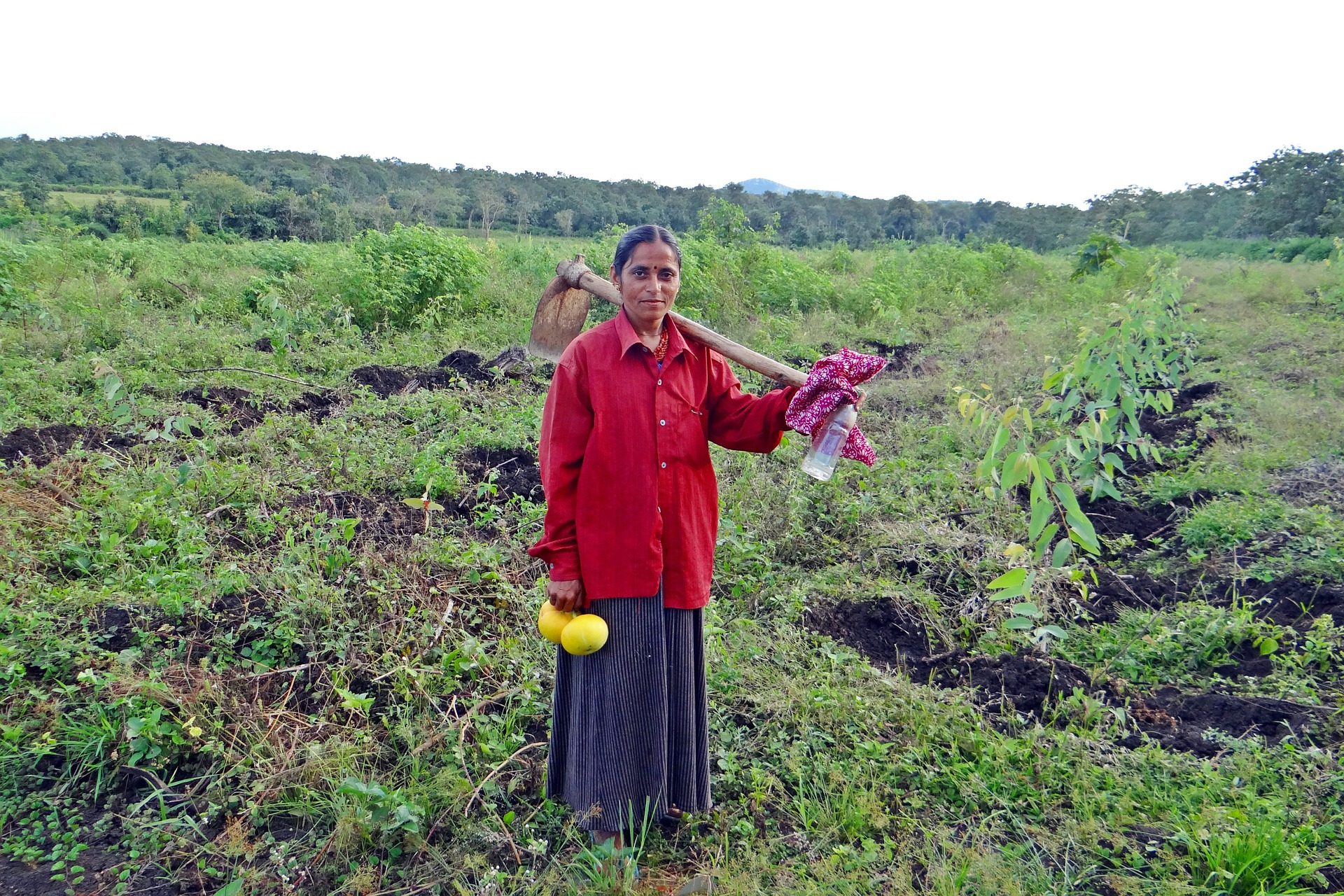Five Indigenous Farming Practices Enhancing Food Security
Author: Eva Perroni | Published: August 9, 2107
On the 2017 International Day of the World’s Indigenous Peoples, the United Nations is celebrating the 10th anniversary of the Declaration on the Rights of Indigenous Peoples (UNDRIP). The Declaration, formally adopted in 2007, is an international human rights instrument that sets a standard for the protection of indigenous rights. UNDRIP addresses the most significant issues affecting indigenous peoples regarding their civil, political, social, economic, and cultural rights. It recognizes a range of fundamental freedoms of indigenous peoples including their right to self-determination, spirituality, language, lands, territories, resources, and free, prior, and informed consent.
Over the centuries, indigenous peoples have provided a series of ecological and cultural services to humankind. The preservation of traditional forms of farming knowledge and practices help maintain biodiversity, enhance food security, and protect the world’s natural resources. There are approximately 370 million indigenous peoples in the world occupying or using up to 22 percent of the global land area, which is home to 80 percent of the world’s biological diversity. The Declaration affirms that indigenous peoples have the right to own and develop their land and resources and to follow their own traditional ways of growing food.
To celebrate the 10th Anniversary of UNDRIP, Food Tank is highlighting five indigenous farming practices that have helped shape sustainable farming systems and practices all over the world.
1. Agroforestry
Agroforestry involves the deliberate maintenance and planting of trees to develop a microclimate that protects crops against extremes. Blending agricultural with forestry techniques, this farming system helps to control temperature, sunlight exposure, and susceptibility to wind, hail, and rain. This system provides a diversified range of products such as food, fodder, firewood, timber, and medicine while improving soil quality, reducing erosion, and storing carbon.
NGOs Green Hope Fund and Forestever initiated the Sustainable Indigenous Orchards Project in 2010 to fight deforestation and help improve the living and health conditions of Amazonian indigenous communities. Working with indigenous leaders across seven communities, the project works to diversify agricultural production, secure food security, and maintain and protect local biodiversity through agroforestry methods.
The Tropical Agricultural Research and Higher Education Center (CATIE) is dedicated to research and graduate education in sustainable agriculture and natural resource conservation throughout Latin America and the Caribbean. CATIE”s agroforestry research projects work to translate scientific findings into practices that small producers can apply on their farms to improve the production of ecosystem services and diversify crop production.
The Ghana Permaculture Institute has established several community tree nurseries to produce large numbers of trees that support reforestation and agroforestry farming projects. Working to support community-based sustainability, the institute provides education to small farmers on agroforestry techniques and planting combinations of fast-growing beneficial tree species.

